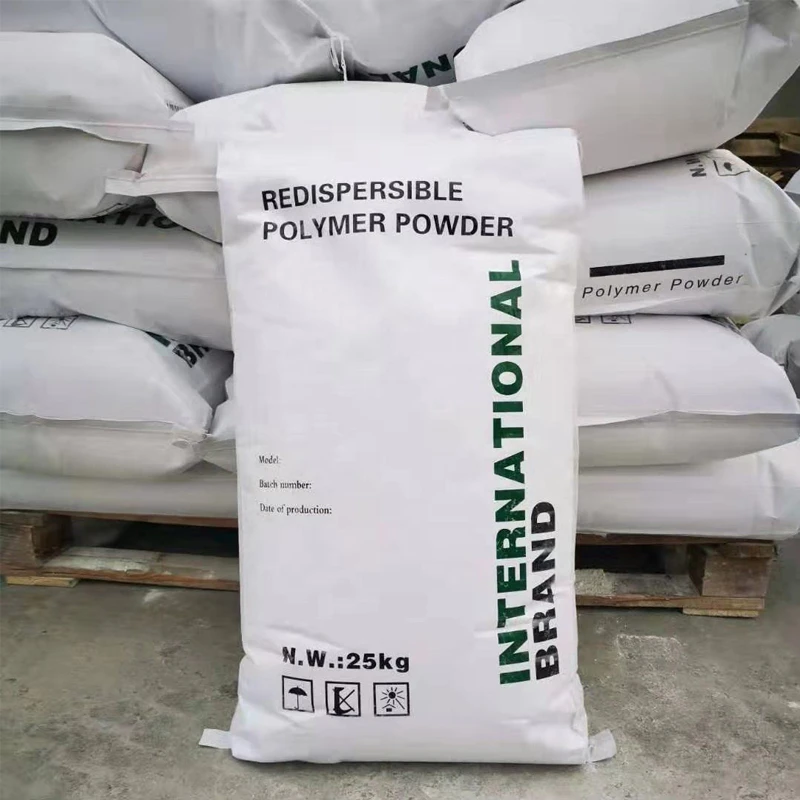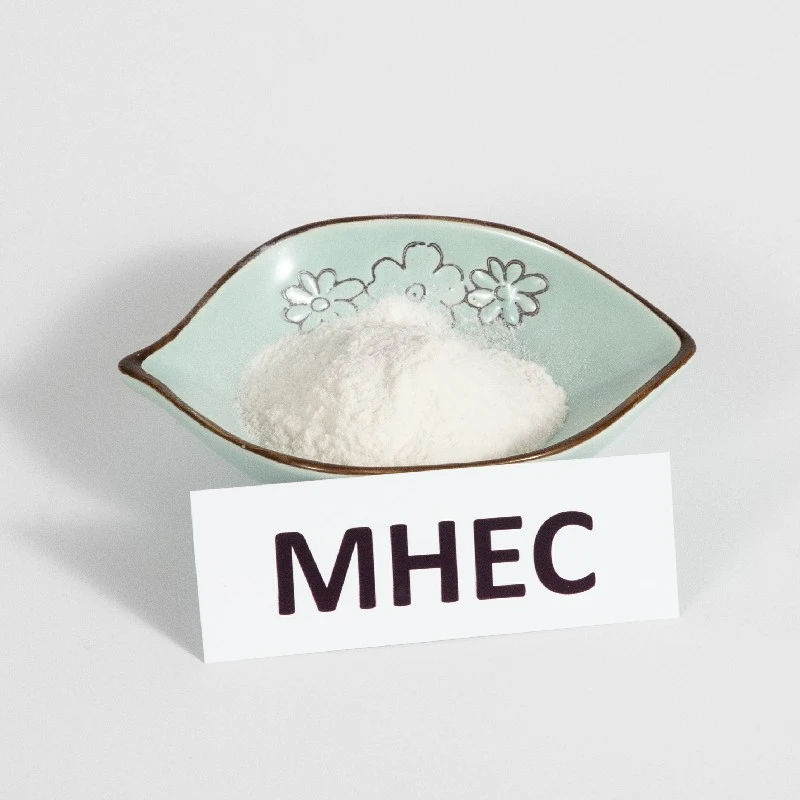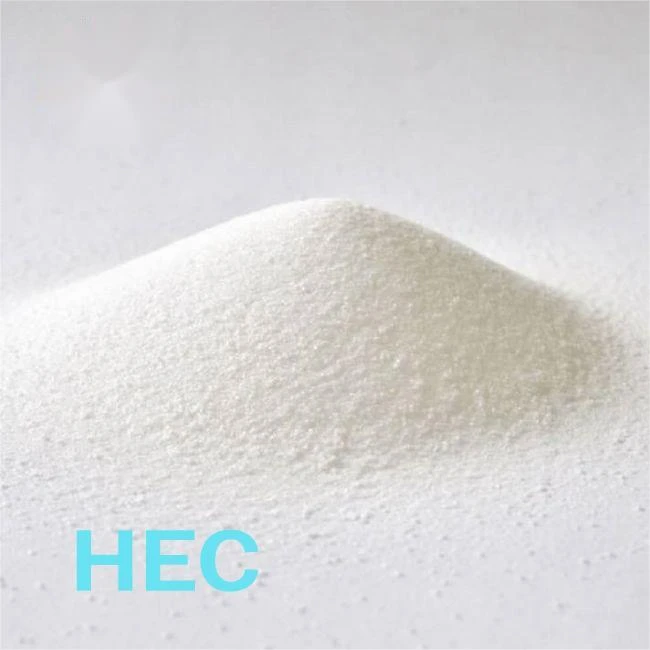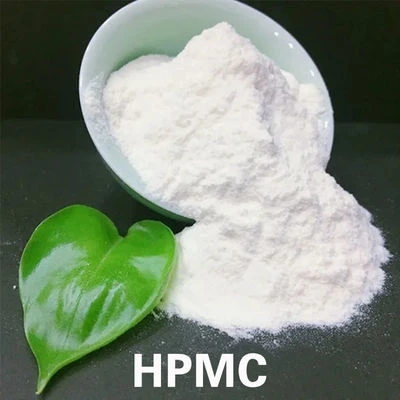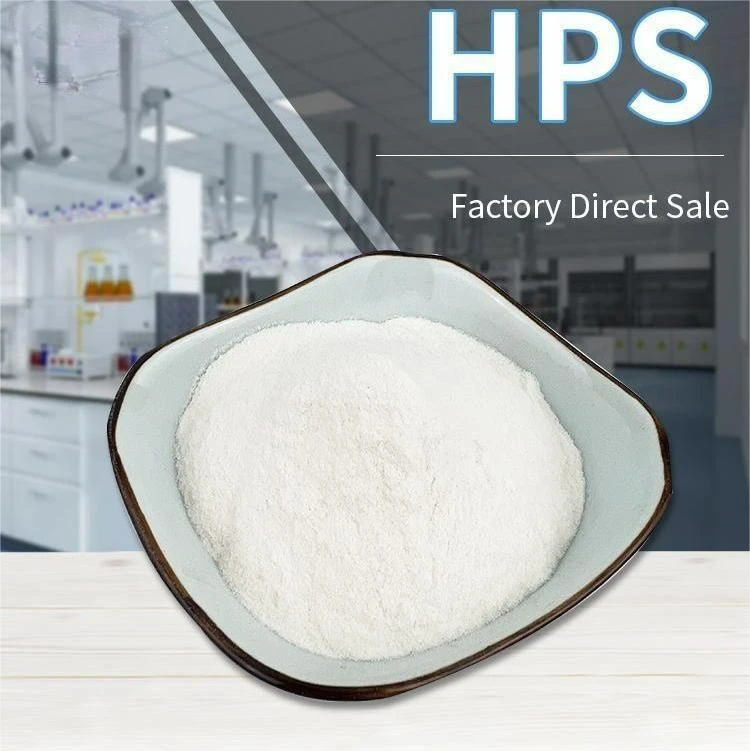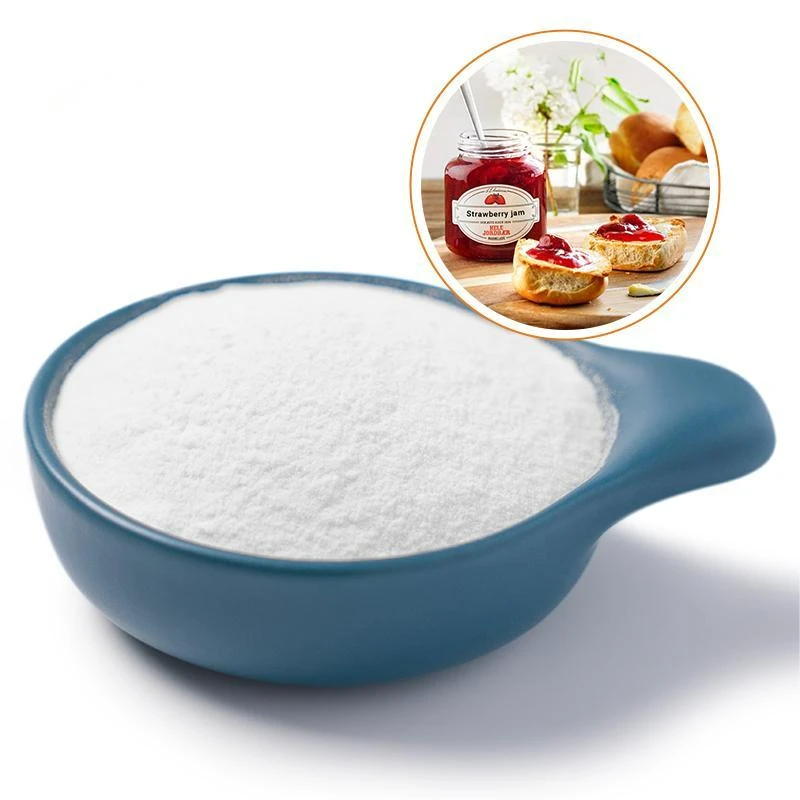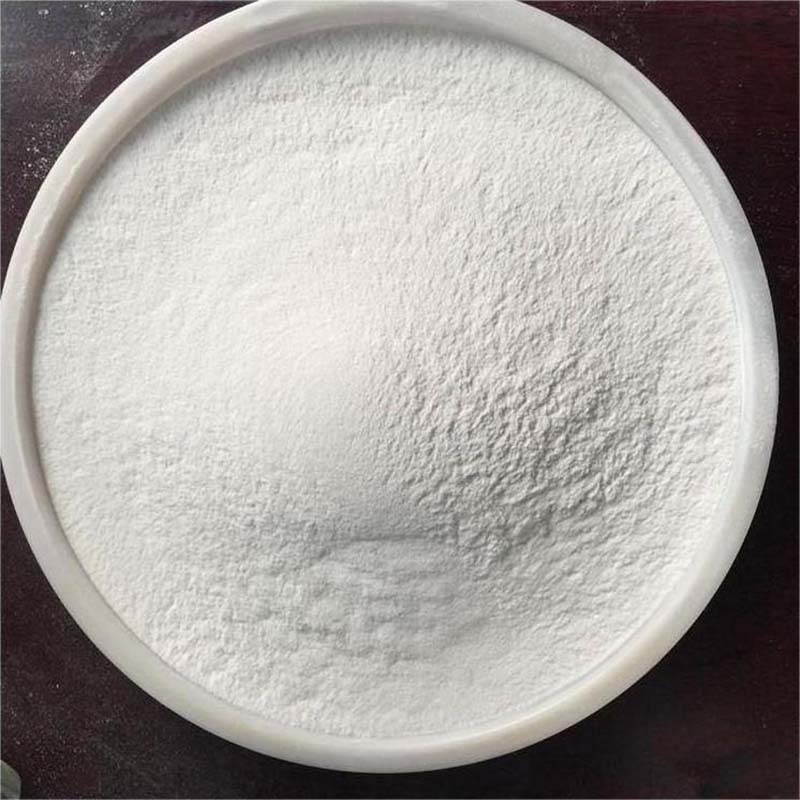Premium HEMC Powder: Hydroxyethyl Methyl Cellulose (MHEC)
Understanding Hydroxyethyl Methyl Cellulose (HEMC) in Modern Construction
In the rapidly evolving landscape of construction materials, the role of performance additives cannot be overstated. Among these, Hydroxyethyl Methyl Cellulose (HEMC), also widely known as MHEC powder or by its CAS number 9032-42-2, stands out as a crucial component. This versatile cellulose ether, often referred to as methyl 2 hydroxyethyl cellulose or methyl ethyl hydroxyethyl cellulose, is engineered to enhance the properties of a myriad of building materials, from wall putties and tile adhesives to renders and self-leveling compounds. Its unique molecular structure, derived from purified cellulose, allows it to significantly improve workability, water retention, thickening, and adhesion in cement-based and gypsum-based formulations, making it indispensable for achieving high-quality and durable construction finishes. The increasing demand for sustainable and efficient building practices further solidifies the position of HEMC as a cornerstone additive in modern construction chemistry, driving innovation and superior performance across the industry.
The Advanced Manufacturing Process of High-Purity HEMC
The production of high-quality HEMC involves a sophisticated multi-stage chemical synthesis and purification process, ensuring consistent performance and purity. The journey begins with high-grade cellulose pulp as the primary raw material, which undergoes an alkalization step. This prepares the cellulose fibers for the subsequent etherification reaction, where specific reagents like methyl chloride and ethylene oxide are introduced under controlled conditions. This precise chemical modification, known as etherification, grafts methyl and hydroxyethyl groups onto the cellulose backbone, defining the unique properties of hydroxyethyl methyl cellulose. The degree of substitution (DS) and molar substitution (MS) of these groups are meticulously controlled to achieve desired characteristics such as viscosity, gelation temperature, and water retention.
Following the reaction, the crude product undergoes rigorous purification to remove any unreacted reagents and by-products, ensuring the final product's purity meets stringent industry standards. This typically involves extensive washing with hot water. The purified HEMC is then dried, ground into a fine powder (mhec powder), and subjected to comprehensive quality control checks. These checks adhere to international standards such as ISO 9001 for quality management and ASTM guidelines for material testing, covering parameters like moisture content, particle size distribution, ash content, and most critically, viscosity in solution. This meticulous process guarantees the stability and predictable performance of the HEMC in various construction applications, contributing significantly to the service life and efficacy of the final building material. The precise control over each step ensures that the product delivered to industries like construction, paints & coatings, and personal care offers consistent benefits, including enhanced workability and reduced material waste.

Key Technical Parameters and Specifications of HEMC
The performance of HEMC in building materials is directly correlated with its specific technical parameters. Understanding these specifications is critical for formulators to select the right grade for their application, ensuring optimal results in terms of workability, adhesion, and durability. Key parameters include viscosity, which determines the thickening capacity of the product; particle size, affecting dissolution rate and homogeneity; moisture content, crucial for shelf life and product stability; and pH value, influencing compatibility with other components in a formulation. The degree of substitution (DS) and molar substitution (MS) are fundamental chemical properties that dictate the balance between hydrophilicity and hydrophobicity, thereby influencing water retention and open time.
High-quality hydroxyethyl methyl cellulose hemc consistently adheres to strict ranges for these parameters, ensuring reliable performance across different batches and applications. Below is a table outlining typical specifications for various grades of MHEC powder, providing a technical reference for industry professionals. These values are rigorously tested using methods compliant with international standards to guarantee consistency and suitability for demanding construction environments. Choosing a supplier that provides transparent and consistent data on these specifications is paramount for the success of any building material formulation.
| Parameter | Typical Range for Building Grade HEMC | Testing Method/Standard |
|---|---|---|
| Viscosity (2% Solution, 20°C, NDJ-1) | 40,000 - 200,000 mPa.s | GB/T 28558, ASTM D2363 |
| Moisture Content | ≤ 5.0% | ISO 7884-3 |
| pH Value (1% Solution) | 5.0 - 8.0 | Internal QA Method |
| Ash Content (as Na2SO4) | ≤ 5.0% | ISO 28765 |
| Particle Size (>80 Mesh) | ≥ 98% pass | ISO 787-18 |
| Bulk Density | 0.30 - 0.50 g/cm³ | ASTM D1895 |
| Gelation Temperature | 60 - 90 °C | Internal QA Method |
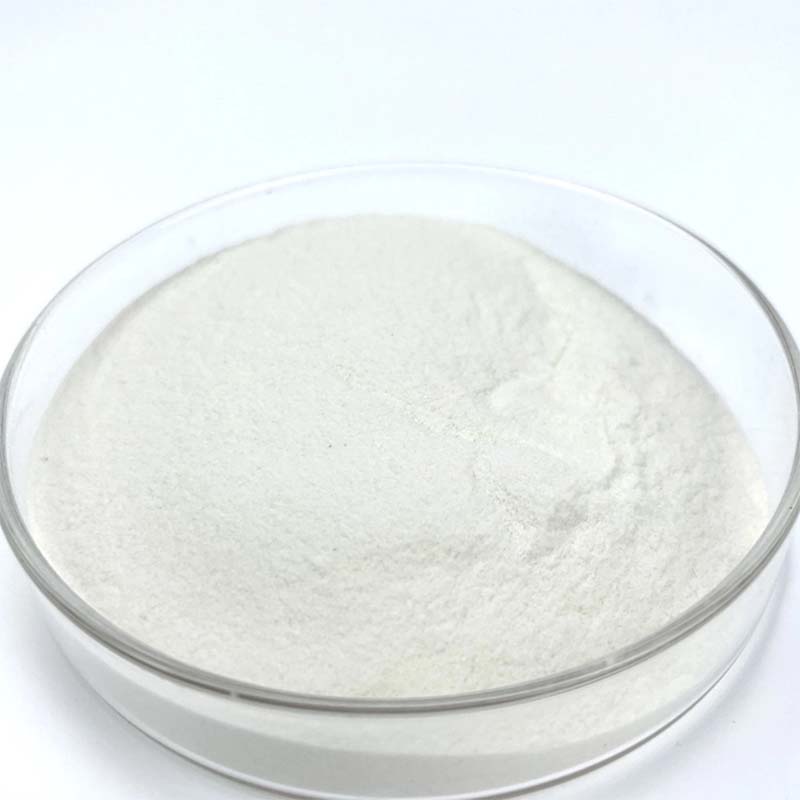
Diverse Applications and Industry Trends in Construction
The versatility of HEMC makes it an invaluable additive across numerous sectors within the construction industry. Its primary applications lie in dry-mix mortars, where it significantly improves the performance of products such as tile adhesives, wall putties, renders, and self-leveling compounds. In tile adhesives, hydroxyethyl methyl cellulose enhances open time, prevents tile slippage, and improves bond strength. For wall putties and renders, it provides excellent water retention, ensuring proper cement hydration, preventing cracking, and enabling smoother application and finishing. Furthermore, in gypsum-based products and external thermal insulation composite systems (ETICS), mhec powder contributes to improved consistency, crack resistance, and overall durability.
Beyond traditional construction, the unique properties of methyl 2 hydroxyethyl cellulose also find utility in paints and coatings, where it acts as a thickener, rheology modifier, and stabilizer, contributing to better sag resistance and pigment suspension. Current industry trends emphasize high-performance, sustainable, and easy-to-apply building materials. This drives the demand for additives like HEMC that can deliver superior workability, extended open times, and enhanced adhesion, even under challenging environmental conditions. The focus on reducing construction time and labor costs, alongside the push for more environmentally friendly solutions, positions advanced cellulose ethers like methyl ethyl hydroxyethyl cellulose at the forefront of innovation for future building material formulations.
Technical Advantages of Pezetech's HEMC Solutions
Pezetech's HEMC solutions are engineered to deliver unparalleled technical advantages, addressing the most critical performance requirements in modern building materials. Our hydroxyethyl methyl cellulose products are renowned for their exceptional water retention capabilities, which is crucial for ensuring complete cement hydration, preventing premature drying, and reducing the risk of cracking in mortars and renders. This translates into stronger, more durable finished products. Furthermore, our mhec powder acts as a highly efficient thickener and rheology modifier, imparting excellent workability, anti-sag properties, and improved consistency to formulations. This allows for easier application, better spreadability, and reduced material waste, significantly enhancing on-site efficiency.
Another significant advantage of Pezetech's hydroxyethyl methyl cellulose hemc is its ability to extend the open time of adhesives and mortars, providing applicators with more flexibility and reducing the likelihood of cold joints. Simultaneously, it contributes to superior bond strength and improved adhesion to various substrates, including low-porosity tiles and challenging wall surfaces. The unique balance of methyl and hydroxyethyl groups in our HEMC ensures optimal film formation, enhancing the overall mechanical properties and durability of the cured material. These technical benefits collectively contribute to higher quality construction, reduced material consumption, and improved longevity of the finished structures, reinforcing Pezetech's commitment to delivering superior performance for our B2B partners.
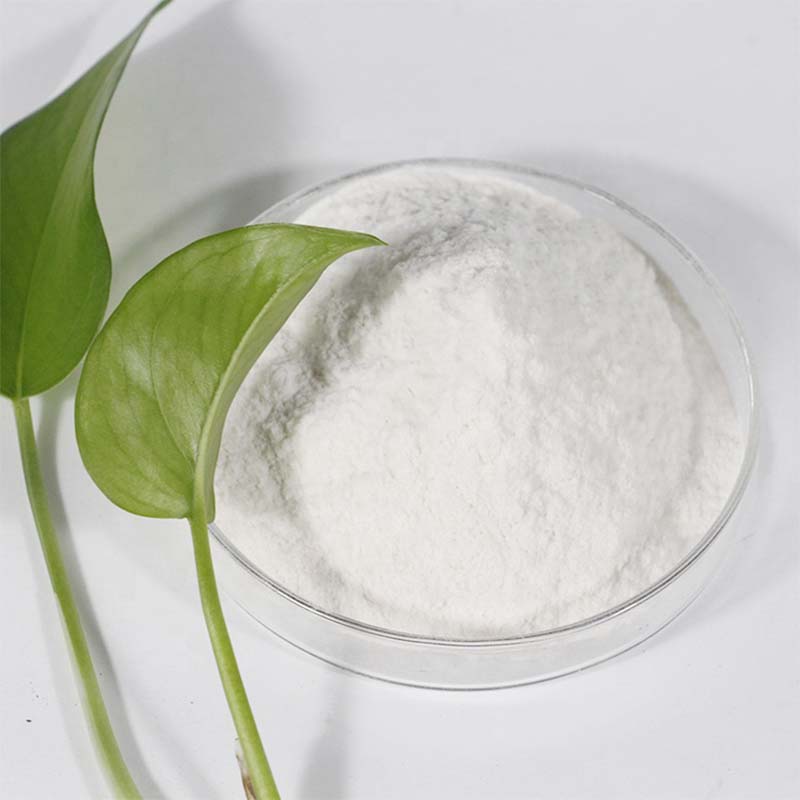
Manufacturer Comparison and Customization Solutions
Selecting the right supplier for HEMC is a critical decision for manufacturers of building materials. While many suppliers offer hydroxyethyl methyl cellulose, differences in raw material quality, manufacturing consistency, and technical support can significantly impact the final product's performance. Pezetech distinguishes itself through its rigorous quality control, ensuring every batch of mhec powder meets the highest purity and performance standards. Our commitment to using premium cellulose pulp and advanced etherification techniques sets us apart, guaranteeing consistent viscosity, excellent water retention, and reliable thickening capabilities, which are paramount for sophisticated formulations.
Beyond standard offerings, Pezetech specializes in providing customized methyl ethyl hydroxyethyl cellulose solutions tailored to specific client needs. We understand that different applications and regional climatic conditions may require unique additive profiles. Our experienced R&D team works closely with clients to develop bespoke grades of HEMC, adjusting parameters such as particle size, substitution patterns, and viscosity to optimize performance for particular dry-mix mortars, adhesives, or specialized coatings. This collaborative approach ensures that our partners receive a product perfectly suited to their manufacturing processes and end-user requirements, enabling them to achieve a competitive edge in their respective markets. Our comprehensive technical support and in-depth understanding of the CAS 9032-42-2 compound ensure seamless integration into existing formulations.
Real-World Application Cases and Customer Success Stories
The tangible benefits of Pezetech's HEMC are best illustrated through real-world application cases, demonstrating its impact on critical construction projects. For instance, a leading European manufacturer of tile adhesives faced challenges with sag resistance and open time, particularly when dealing with large-format, heavy tiles. By integrating Pezetech's high-viscosity hydroxyethyl methyl cellulose (a specific grade of MHEC powder), they observed a significant improvement in adhesive workability, allowing for easier adjustment of tiles and preventing slippage even on vertical surfaces. This led to a 20% reduction in installation time and a noticeable decrease in material waste, directly contributing to project profitability and installer satisfaction.
In another instance, a prominent Asian construction firm was developing a new generation of high-performance wall putty designed for challenging humid environments. Their existing formulation struggled with water retention, leading to rapid drying and cracking during application. Through collaboration with Pezetech's technical experts, a specialized grade of methyl 2 hydroxyethyl cellulose was developed. This custom HEMC significantly enhanced the water retention capabilities of the putty, extending its open time and improving its crack resistance. The client reported a substantial increase in product reliability and customer satisfaction, reinforcing their reputation for delivering premium construction solutions. These cases underscore our commitment to not just supplying high-quality products, but also partnering with clients to solve complex formulation challenges and drive their success.
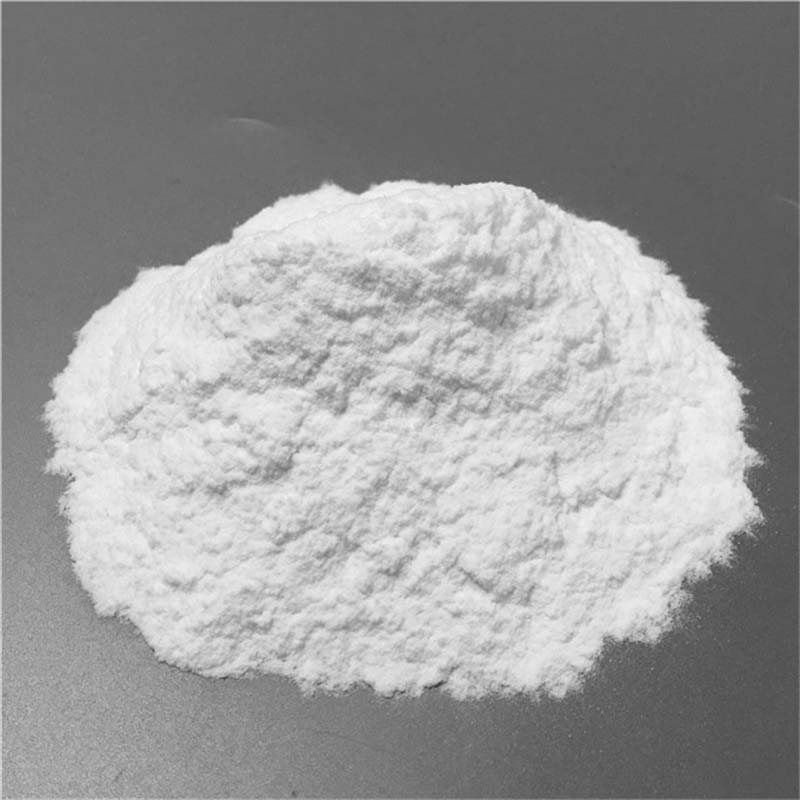
Ensuring Trust and Reliability: Pezetech's Commitment
Quality Assurance and Certifications
At Pezetech, trustworthiness and authority are built into every aspect of our operations, particularly in the production of HEMC. Our manufacturing facilities adhere to the strictest international quality management systems, notably ISO 9001:2015 certification, ensuring consistent product quality from raw material sourcing to final packaging. Every batch of hydroxyethyl methyl cellulose hemc undergoes comprehensive testing in our state-of-the-art laboratories, utilizing advanced analytical techniques to verify critical parameters such as viscosity, purity, particle size, and water retention efficiency. This rigorous testing regimen, combined with full traceability of our products, provides our B2B partners with complete confidence in the reliability and performance of our mhec powder. Our decades of experience in the cellulose ether industry underscore our expertise and commitment to delivering superior building material additives.
Frequently Asked Questions (FAQ)
- Q: What is the primary function of HEMC in building materials?
A: HEMC primarily acts as a thickener, water retention agent, and rheology modifier, enhancing workability, open time, sag resistance, and adhesion in cement- and gypsum-based mortars, putties, and adhesives. - Q: How does Pezetech ensure the consistency of its HEMC products?
A: We maintain strict quality control protocols, including ISO 9001 certified manufacturing, extensive in-house laboratory testing of every batch, and precise control over raw material selection and synthesis parameters for our hydroxyethyl methyl cellulose. - Q: Can HEMC be customized for specific applications?
A: Yes, Pezetech offers customized HEMC solutions. Our R&D team works with clients to fine-tune properties like viscosity, particle size, and substitution patterns to meet the unique requirements of specific formulations or environmental conditions. - Q: What is the typical shelf life of Pezetech's MHEC powder?
A: When stored in original, unopened packaging under dry conditions, our mhec powder typically has a shelf life of 12-24 months. Specific details are provided on product datasheets.
Delivery, Warranty, and Customer Support
Pezetech prides itself on its efficient global logistics network, ensuring timely and reliable delivery of HEMC products to our clients worldwide. Our streamlined supply chain management minimizes lead times and maximizes operational efficiency for our B2B partners. We stand behind the quality of our methyl ethyl hydroxyethyl cellulose with a comprehensive product warranty, guaranteeing that our products meet or exceed the specified technical parameters. Should any issues arise, our dedicated customer support team and technical service specialists are readily available to provide expert guidance, troubleshooting assistance, and laboratory support, reinforcing our commitment to long-term client relationships and mutual success.
Conclusion
Hydroxyethyl Methyl Cellulose (HEMC) is more than just an additive; it's a foundational component for advanced building materials, driving performance, durability, and workability in an increasingly demanding construction sector. As demonstrated, its precise technical parameters, versatile applications, and the rigorous manufacturing process behind Pezetech's offerings collectively position it as an indispensable element for formulators seeking to create superior products. Our commitment to quality, backed by extensive experience, comprehensive technical support, and the ability to provide customized mhec powder solutions, ensures that partners can confidently rely on our products to achieve exceptional results in their applications. The continuous innovation in cellulose ether technology, exemplified by products like methyl 2 hydroxyethyl cellulose, will undoubtedly continue to shape the future of high-performance construction materials globally.
References
- Bayer, R. (2007). Cellulose Ethers: Production, Properties, and Applications.
- Ghanbarzadeh, B., & Almasi, H. (2011). Physical properties of edible films from hydroxypropyl methylcellulose, carboxymethyl cellulose, and their blend.
- Klemm, D., Philipp, B., Heinze, T., Heinze, U., & Wagenknecht, W. (1998). Comprehensive Cellulose Chemistry: Fundamentals and Applications.
- ASTM International. (Various Standards). Standard Test Methods for Cellulose Ethers.
- ISO (International Organization for Standardization). (Various Standards). Quality Management and Testing for Chemical Products.
-
The Role of Methyl Ethyl Hydroxyethyl Cellulose in Tile AdhesivesNewsAug.11,2025
-
The Future of Digital Textile Printing with Advanced Paste TechnologiesNewsAug.11,2025
-
The Chemical Modification Process of Carboxymethyl Cellulose from CelluloseNewsAug.11,2025
-
Hydroxypropyl Starch Versus Native Starch Key Differences and BenefitsNewsAug.11,2025
-
Comparing Celulosa HPMC with Other Cellulose Ether DerivativesNewsAug.11,2025
-
Chemical Composition and Structure of VAE Redispersible PowderNewsAug.11,2025

